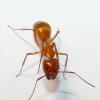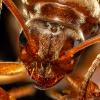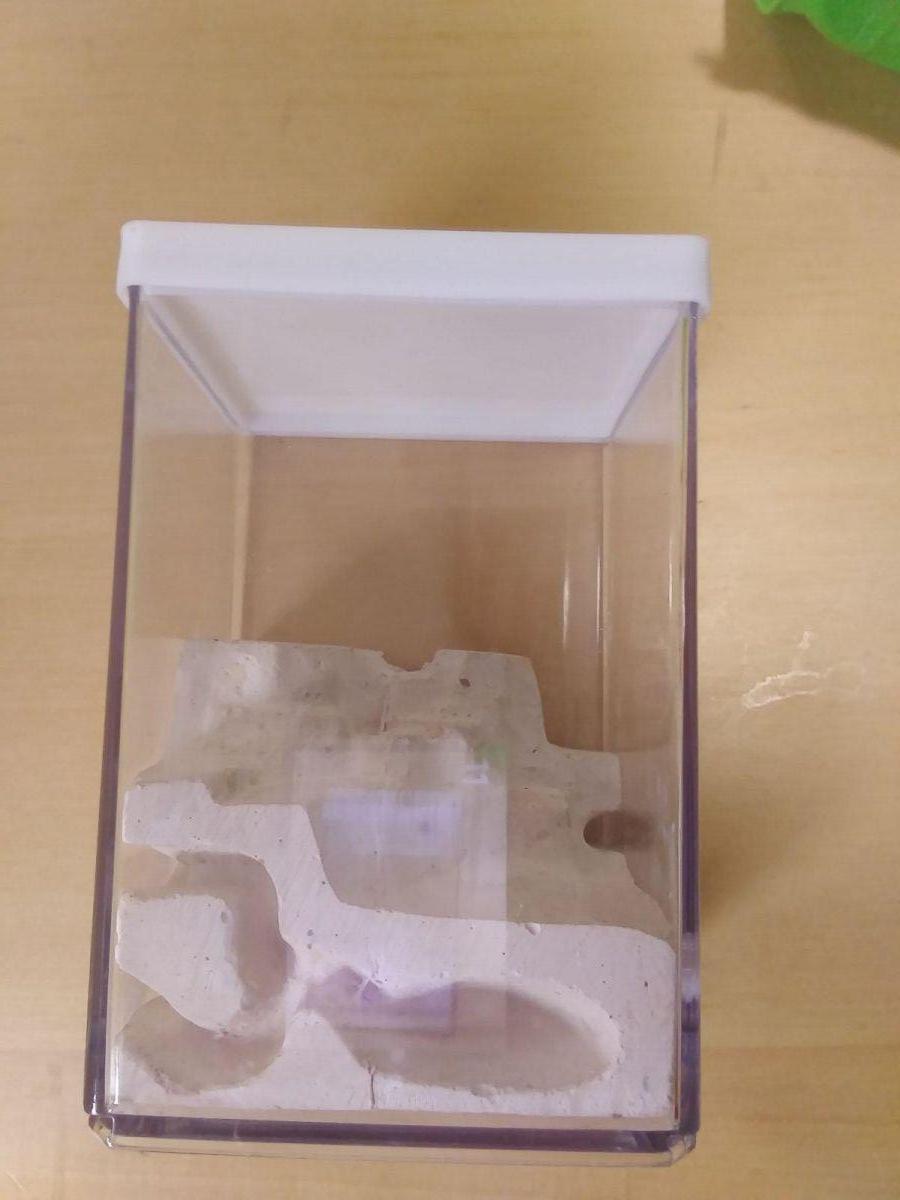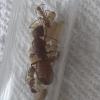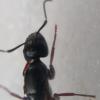3 L. Flavius
3 C. pennsylvanicus
1 Tetramorium Sp.
2 T. Sessile (?)
All lost.
Now I'm an engineer so I feel the need to do a "post mortem" -- no pun intended.
Banker's box, with a foam pad on the bottom and a little up the side (3" +/-). Cheap "logging" outdoor thermometer (never higher than 51, never colder than 37) Probe in the center of the box.
I was reminded that the thermometer didn't go in until Thanksgiving weekend.
I checked each Friday in November, 12/14/18, 12/28/18, 1/11/19, 1/30/19, 2/1/19, 2/15/19.
I did honey for everything but the C. pennsylvanicus - which got Maple Syrup.
Noticed negligible consumption on 11/23.
Noticed no visible movement by 12/14.
Between 2/1 and 2/15 I noticed that there "had" been some form of movement - brood moved, works no longer by the queen, but now all ants look "Dead" etc.
on 3/3 I moved them all up to my office (house steady 67)
on 3/10 I placed them on the elevated rack with heating pads (77-81)
on 3/18 all but one C. pennsylvanicus still shows no signs of life.
The other day - maybe 3/14 - I checked on my one L. Flavius nest box. The pupae do not look dry or desiccated at all, the ants do not flex when gently probed. However in that one nest - the evaporation in the test tube seems to have sucked the water side cotton ball ALL the way to the end of the test tube. When I built out these nests I included fresh test tubes with water and all were intentionally nearly 2/3rd full (17x150mm = ~20mL = ~12mL full)
All other test tubes either have large bubbles (where none had been) or the cotton does appear to have moved, but not passed the half-way point.
None of my tubes appear to have flooded.
Founding:
1 P. Imparis queen caught 4/26/18
2 L. Umbratus caught 5/8/18
1 C. Pennsylvanicus queen caught 5/7/18 1st Eggs 5/17/18
1 C. Pennsylvanicus queen caught 5/17/18 1st Eggs 5/22/18
1 C. Pennsylvanicus queen caught 5/31/18
1 T. Caespitum(?) queen caught 6/1/18








